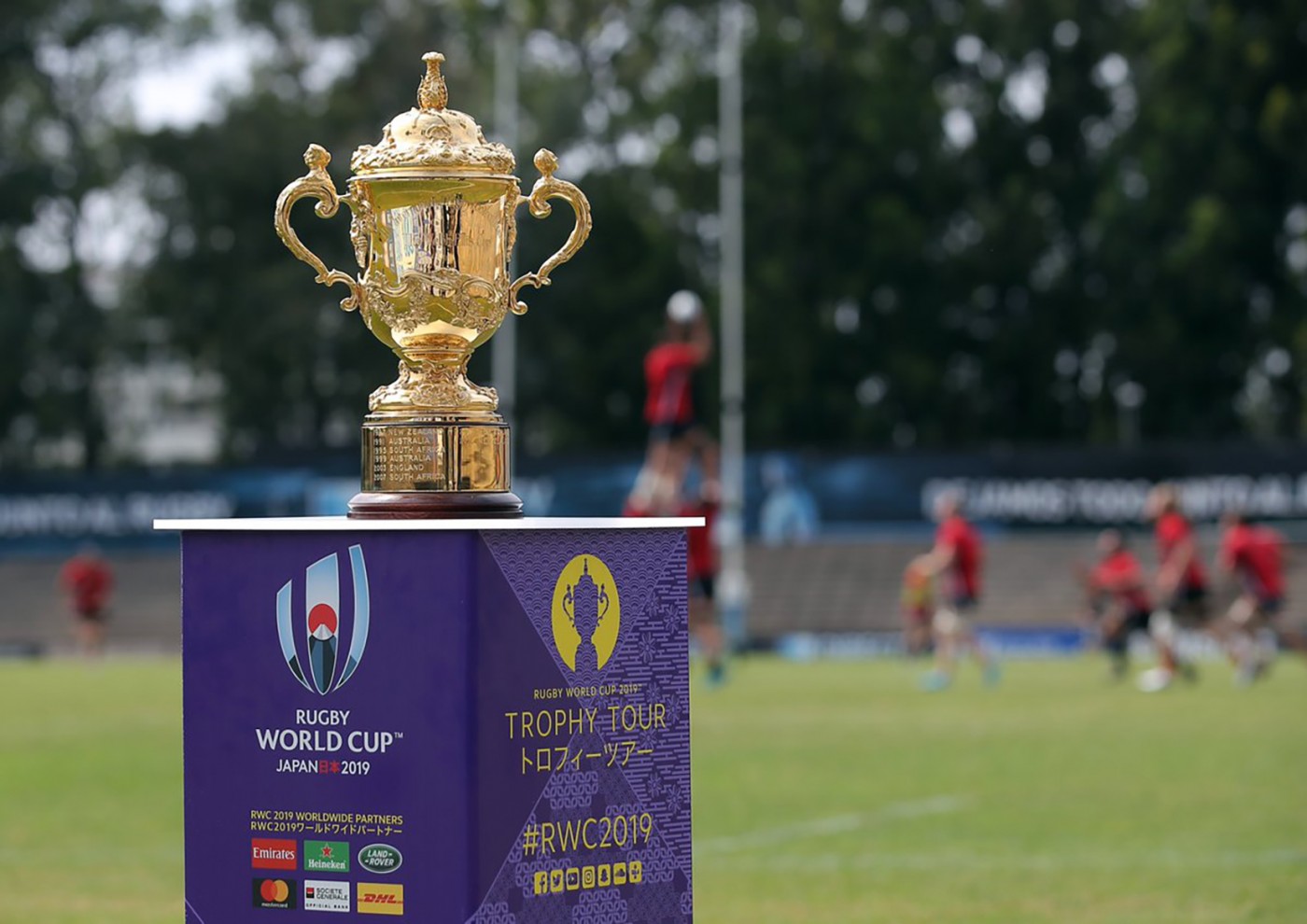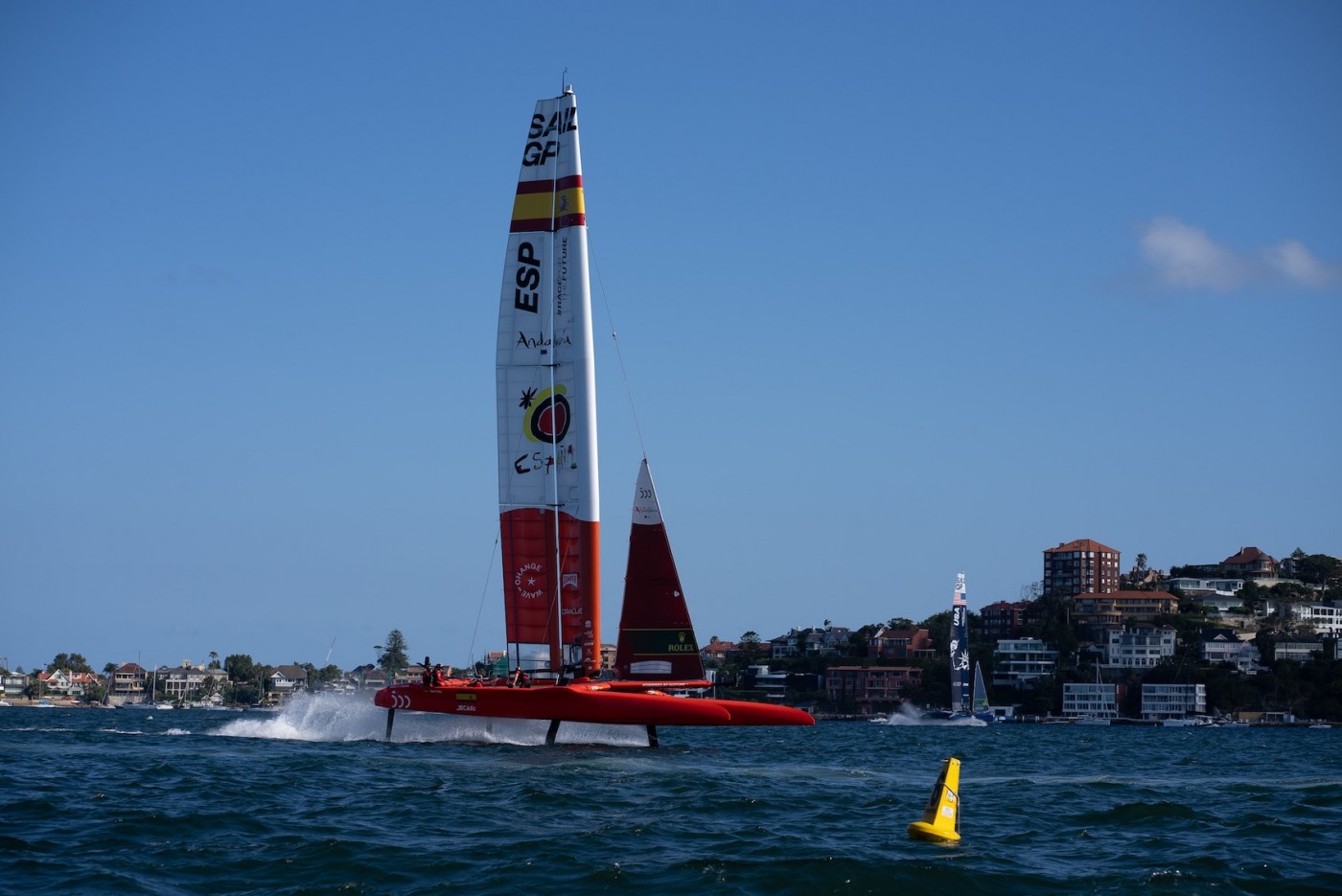You don’t have to be able to name the Mercury Music Prize shortlist’s from the last 10 years to be aware that the Internet age has presented the music industry with challenges as to how and best monetise artists and their music. Product placement in music videos is growing in prominence as one of the answers.
Where historically single/album sales, licensing and tours were largely enough to satisfy revenue targets, the music industry is now challenged with innovating to find additional revenue streams as they compete for fans discretionary spend.
The complicated ownership and control of image and music rights make it difficult when competing with rival passion points, like sport and film, for the corporate dollar. Driven largely by music labels, brand partnership teams often have to sell brands a concept before subsequently negotiating with the artists to deliver what’s been agreed. Challenges are compounded where multiple artists form the solution.
But along with the challenges music has faced from the Internet, there are also a number of opportunities the industry could do more to understand and tap into. Music is often cited as one of the top two genres of content that we engage with on the Internet. Indeed the Internet helps indulge fans appetite to engage over and over again with the same songs (YouTube is turning into a loop medium where as soon as one video finishes, another related one starts) over an extended period, whereas there is limited appetite to watch the same show/film or sports content repeatedly and over the long term.
Television and film (e.g. the Bond franchise) has long incorporated subtle, and not so subtle, product placement used to boost direct income from media buy/sponsorship spend, reduce production costs (e.g. my client British Airway’s traded free flights for exposure in the Hollywood movie ‘The Holiday’) as well as deliver an uplift in ticket sales (generated by the extra exposure the programme/film gets from sponsors leveraging their associations). And the music industry is slowly catching up.
Coldplay is the latest band to tread this path. The music video for new single Adventure of a Lifetime, from the new album A Head Full of Dreams, puts Beats By Dre’s new speaker product, Pill, at the heart of the creative. As in any brand partnership, and as Marketing Week discussed in its article ‘Why authenticity is vital in brand and music tie-ups’, it is essential there is a credible role for the product, obvious fit between the brand and artist and that the relationship adds to the fans enjoyment of the content. The relative negative impact it can have on both the company and artist brand perception, by getting it wrong, can prove costly – as U2 and Apple proved.
But acting strategically, taking the time to understand the audience, artist and your own brand, music videos can offer brands a huge potential upside as a media buy, as is discussed in Marketing Week’s article ‘Why brands need to include music videos in their marketing mix’, for a relatively small investment.
Where music labels now need to get more sophisticated, and where Strive Sponsorship started to help two of the largest players in the market as part of our consultancy work for Repucom, is in the measurement and reporting of product placement value (treated as a media buy), and the relative impact this has on the audience’s brand perception. Why is this important? Because it’s these kind of return on investment metrics brands are demanding more and more before they make a buy, as well as in evaluating the effectiveness of a campaign that helps determine whether they will buy again.
It is often the same person who decides whether a brand invests their sponsorship dollars in sport, film, music, fashion etc and so they need comparable information to make informed decisions, and information their superior’s are already familiar with and trusts as a measure of performance. Sport has reported like this for years and music needs to catch up or fall foul of not being a credible consideration at all.
In addition this insight helps substantiate the pricing of product placement and wider partnerships. At the minute the music industry largely prices from a cost rather than a value perspective, an interesting discovery from Strive Sponsorship’s work with the labels whilst consulting for Repucom. What do I mean by that? Well if a music video costs £100k to make then the brand partnership team will try and find a sponsor to cover that cost. The question that should be being asked, and therefore the sell to brands, is how much value could I generate for you?
Take the Coldplay video as an example, “Repucom analysis shows Beats appears in the video for 28 seconds, generating a return for the company on YouTube of nearly US$165,000 in the fourteen days after it was posted (the video was viewed nearly 15.9 million times during its first two weeks of release).
Should the video enjoy the same success as previous Coldplay tracks, notably Viva La Vida, the video for which was uploaded to the band’s official YouTube channel in 2008 and has been viewed over 222 million times, Beats’ appearance could be worth as much as US$2.3m” – and that is for YouTube Internet play alone. It doesn’t even account for global play on TV networks like MTV etc.
If the video cost $100k to make, but generated $2.3m in exposure for beats, there is a large disparity between selling by a cost rather than value approach. Depending on what ROI ratio you may want to target, the music label would justifiably be able to quadruple the fee (based on the fictional video production cost I have created to illustrate the point).
Malph Minns is the Managing Director of Strive Sponsorship (n.b. the website is work in progress). Strive provides sponsorship advice to brands, rights holders and agencies across sport and entertainment. Read more about Strive Sponsorship’s unique approach and list of services here.













